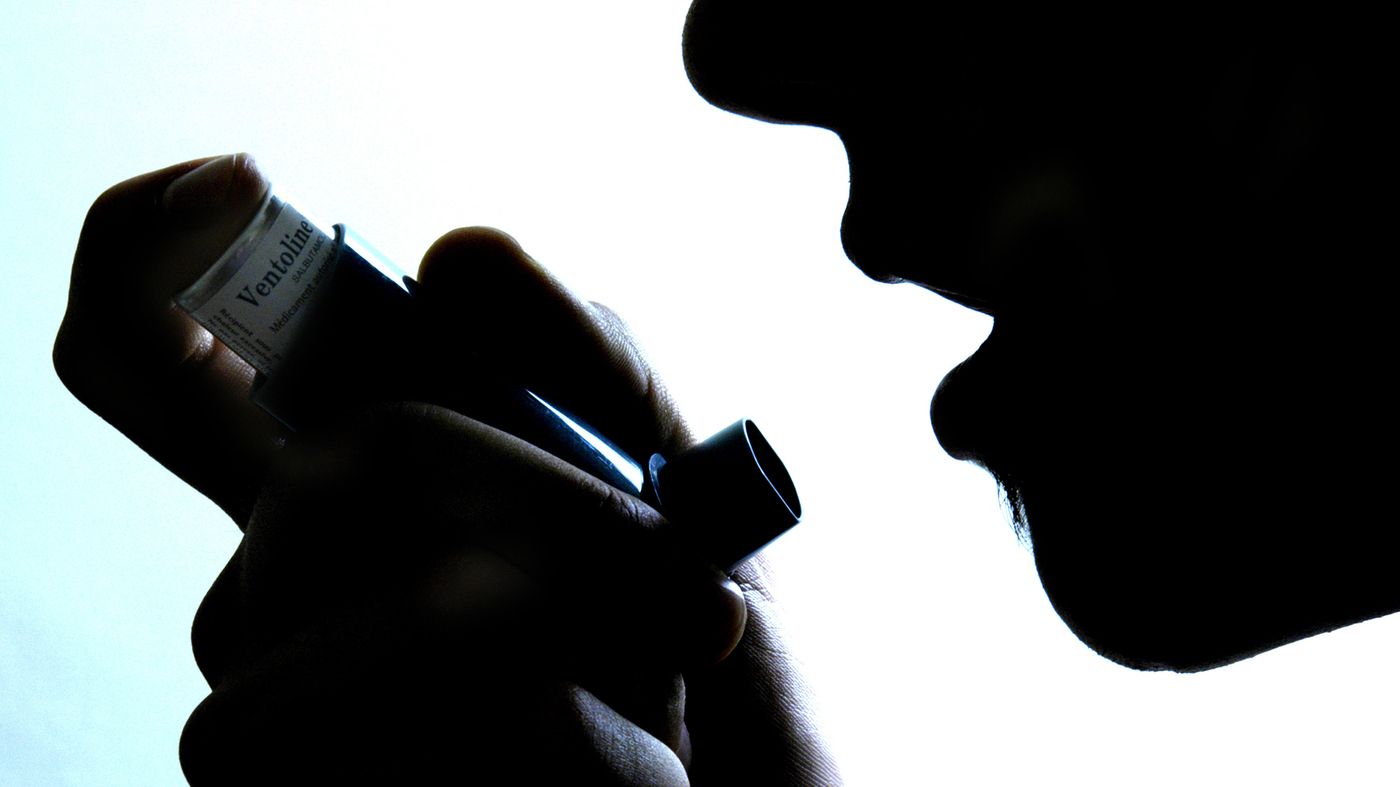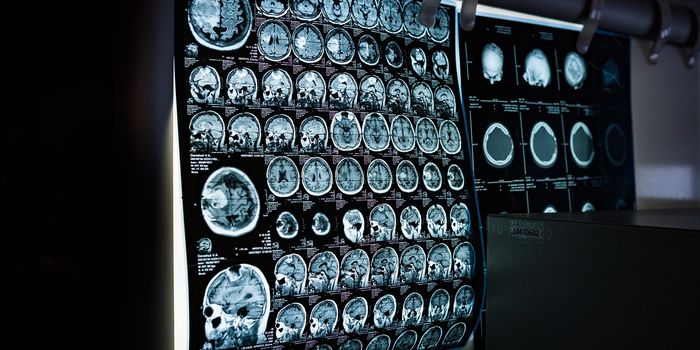Scientists have discovered a cellular switch that can be turned “on” or “off,” which could be vital for the future of asthma treatments, especially in the prevention of asthma attacks. By researching a specific inflammatory pathway, researchers from Johns Hopkins University have gained control over this cellular switch.
"Asthma patients are constantly firing through this pathway because [some] proteins are stuck in the 'on' position, without proper control by other proteins that shut down this reaction," said Nicola Heller, PhD.
Asthma is characterized by an excess population of M2 macrophages in the lungs. M2 macrophages in individuals free of asthma are only activated to “clean up inhaled allergens and foreign particles.” After cleaning is complete, they are deactivated and remain dormant until needed again. But in asthmatic individuals, M2 macrophages linger after completing their job. Even more, these cells recruit other inflammatory cells that can trigger an asthma attack.
"One of the advantages of working with lung macrophages is that they are one of the first cells that see anything that gets put in an inhaler," Heller said. "So we hope to modulate their activity in this way."
Many individuals who have experienced an asthma attack describe the event as if “you are drowning in air,” “someone is sitting on your chest,” or “there’s a cloud in your lungs.” Technically speaking, an asthma attack is an inflammatory obstruction of the bronchial tubes, which provide the primary tunnel for air flowing in and out of the lungs.
In the past, Heller’s research led to the discovery of an inflammatory pathway that begins with a chemical messenger called interleukin 4 (IL-4). The messenger passes through a protein called IRS-2 before activating M2 macrophages via the inflammatory pathway. Other proteins can step in and stop the action of IRS-2, and these very proteins are coincidentally missing in the M2 macrophages of people with allergies but present in healthy individuals.
During the present study, Heller and the team from Johns Hopkins dove deeper into the IRS-2 pathway, studying the two proteins involved in the signaling pathway that activate M2 macrophages: GRB10 and p70S6K. They observed chemical changes of IRS-2 in cultures of human white blood cells, which is where they found that IRS-2 appears in two different forms, essentially “off” and “on.” “Off” prevents GRB10 and p70S6K from signaling the activation of cells to become M2 macrophages.
"If you prevent these cells from becoming the M2 type, you can potentially stop the continued inflammation and long-term structural changes," Heller explained..
They found that GRB10 and p70S6K activity increased after IL-4 exposure, in comparison to GRB10 and p70S6K proteins not exposed to the chemical messenger. More of their studies involved small interfering RNAs, used to inhibit the function of GRB10 and p70S6K. This inhibition resulting in decreased activity of the two proteins and more produced of the “on” form of IRS-2.
"This confirmed for us that without properly functioning GRB10 and p70S6K, the cells could not turn off IRS-2 signaling and M2 production," Heller said.
In the future, the researchers plan on explore further the implications of the results, and in mice lung models, they will test efficacy of drugs that mimic the function of GRB10 and p70S6K to inhibit the development of M2 macrophages.
Heller's study was recently published in the
Journal of Biological Chemistry.
Sources:
Johns Hopkins Medicine,
American College of Allergy, Asthma, & Immunology









